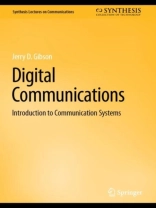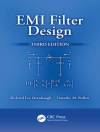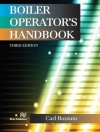This book develops the concepts for the transmission of digital information sequences through analog, band limited channels, including the topics of pulse shaping, channels with amplitude and delay distortion, eye patterns, zero forcing and mean squared error equalization, and data scrambling. The text considers the effects of noise in digital communications, developing the fundamental ideas of signal space, optimum symbol-by-symbol detection, and modulation system design, with particular emphasis on maximum likelihood and maximum a posteriori detection and system performance comparisons based on energy per bit to noise ratio and average error probability. The key technique of maximum likelihood sequence estimation is also developed. Tutorial coverage provides an introduction to block and convolutional codes for error control coding, including coding and decoding methods for error detection and correction, tree and trellis representations, and Viterbi decoding. Some performance comparisons for selected codes in terms of energy per bit to noise ratio versus bit error probability are presented. This book examines joint coding and modulation methods such as constant envelope modulation and trellis coded modulation, including examples such as minimum shift keying and offset quadrature phase shift keying.
Jerry D. Gibson
Digital Communications [EPUB ebook]
Introduction to Communication Systems
Digital Communications [EPUB ebook]
Introduction to Communication Systems
Cumpărați această carte electronică și primiți încă 1 GRATUIT!
Limba Engleză ● Format EPUB ● ISBN 9783031195884 ● Editura Springer International Publishing ● Publicat 2023 ● Descărcabil 3 ori ● Valută EUR ● ID 9283082 ● Protecție împotriva copiilor Adobe DRM
Necesită un cititor de ebook capabil de DRM












